'Chicken from hell' named one of 10 new species in 2015
Digital Reporter
Thursday, May 21, 2015, 2:33 PM - From cartwheeling spiders to giant sticks, here are the top 10 new species of 2015. Oh, and there is the 'Chicken from Hell' as well.
An international committee of taxonomists selected the top 10 from approximately 18,000 newly discovered creatures that were given scientific names last year. Most of the top 10 are living, while some are extinct fossils. The 2015 list was announced on Thursday by the International Institute for Species Exploration at the State University of New York’s College of Environmental Science and Forestry.
“I’m consistently just impressed every year with what people are continuing to discover,” Quentin Wheeler, college president and founding director of the institute told CBC.
Since 2008, the institute has released a top 10 annual species list. While some are new to science, others are well-known to their local inhabitants but have yet to be scientifically documented. Scientists estimate that humans have discovered approximately 2 million out of the 10 million or so species on Earth.
“There are probably about 50,000 species that are used by humans and I have no doubt that there are probably quite a few that are undescribed to science,” he said.
Wheeler believes connecting species to science is vital in researching conservation methods, understanding evolution and solving survival problems.
Here are the Top 10:
1. "Chicken from hell"

The North American newly discovered Anzu wyliei is from the bird group of dinosaurs that lived in what is now North and South Dakota. This species appeared to be 10 feet long, 5 feet tall and weighed up to 600 pounds. Thus, the name "chicken from hell" was born.
2. Branching tubers
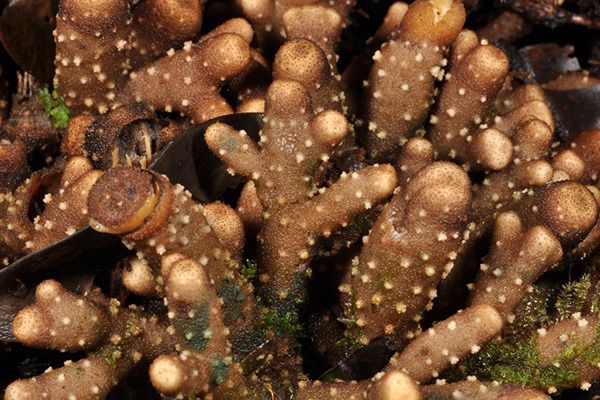
The tuberous Balanophora coralliformis is a parasitic plant that has been considered critically endangered. Fewer than 50 have been found, all on the southwestern slopes of Mount Mingan in mossy forest areas located in the Philippines.
3. The cartwheeling spider
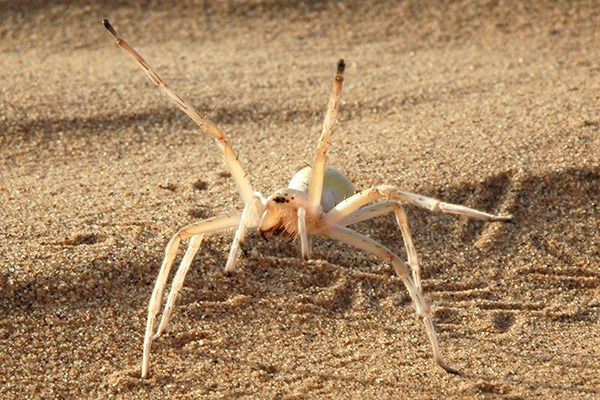
Cebrennus rechenbergi, otherwise known as the cartwheeling spider, uses this gymnast trick as a defense technique. Running away in the barren sand dunes of Morocco where the spider lives is pointless, as there is no place to hide. Instead, it propels itself towards its predator.
4. The mysterious mushroom
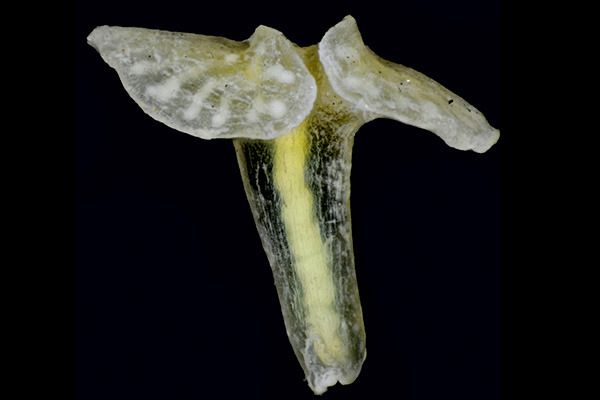
Dendrogramma enigmatica look like miniature mushrooms, with the mouth at the end of the 'stem' and another opening at the top which forms like a flattened disc. Research shows these new creatures are related to the jellfish or comb jelly family. Researchers say they also resemble fossils from Precambrian time, possibly making them living fossils.
5. Bone-house wasp
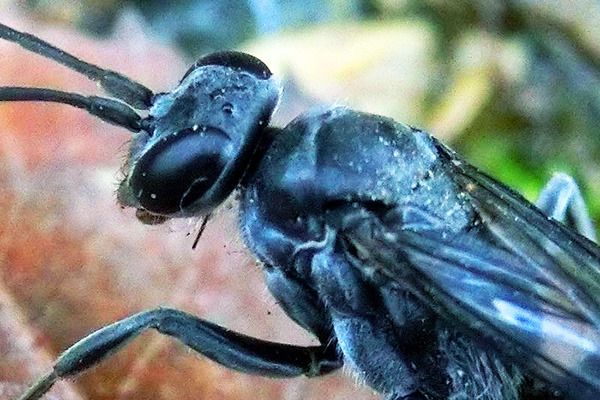
The new wasp Deuteragenia ossarium found in China, is known for her morbid hunting ways. In order to feed its offsprings, the wasp constructs a nest in a hollow plant stem with several cells. The wasp then hunts and kills a spider, placing it in a cell. The wasp then lays an egg nearby before sealing the cell shut. The insect repeats this process several times before creating a final cell filled with as many as 13 bodies of dead ants. Once the wasps's eggs hatch, her offspring have spiders to feed off of and are camouflaged by the scent of dead ants.
6. The fanged frog

Limnonectes larvaepartus, also known as the 'fanged frog,' is from Sulawesi Island, Indonesia. Instead of laying eggs, the frog gives birth to live tadpoles and is the only known frog species to do this. The frog also has fang-like protuberances on their lower jaws.
7. The walking stick

Phryganistria tamdaoensis belongs to the family of giant sticks. Common in the town Tam Dao in Vietnam, the insect is 9 inches in length and is a master of camouflage. Chan's megastick (Phobaeticus chani) of Borneo breaks the record for the longest, at more than 22 inches in length.
8. The electric sea slug

Residing in the Japanese islands, phyllodesmium acanthorhinum is about an inch long. This species feeds on hydroids and lives with algae in their guts, which provide nutrients to the slugs that they do not obtain in their regular diet.
9. Living Christmas decoration
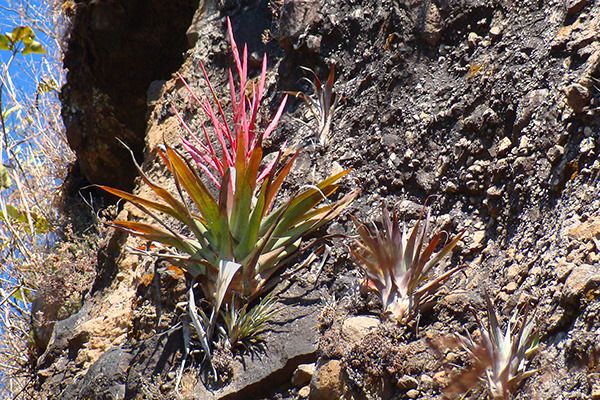
Tillandsia religiosa is a spiky green and red plant which can grow up to 5 feet tall in the rocky northern regions of Morelos, Mexico. Villagers would use this plant to decorate alters during the Christmas season. This bromeliad flowers from December to March and is an example of a species well-known to local inhabitants but only recently discovered by scientists.
10. Crop circle pufferfish

The discovery of Torquigener albomaculosus solved a 20-year old underwater mystery. First noted in 1995, scientists were baffled by intricate circles with geometric designs that would form six feet in diameter on the seafloor off the coast of Amani-Oshima Island in Japan. It turns out males of this newly discovered species construct these circles as spawning nests by squirming in the sand to create patterns. If a female likes what she sees, she mates with the male and will lay her eggs in the center of the circle.
Source: The ESF International Institute for Species Exploration | CBC



